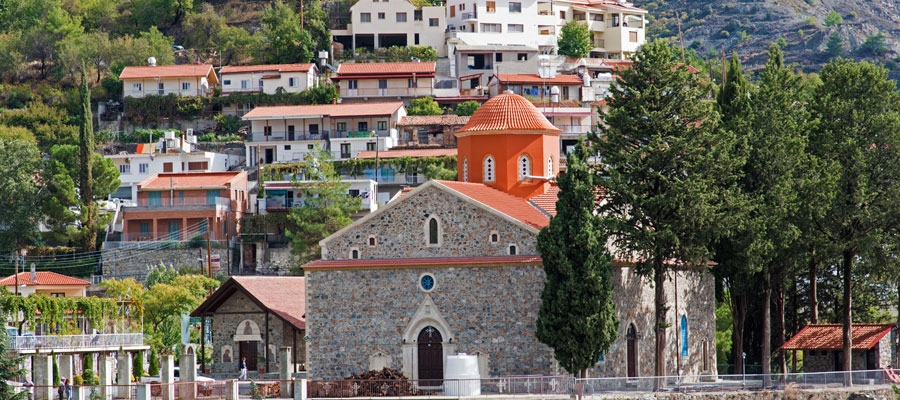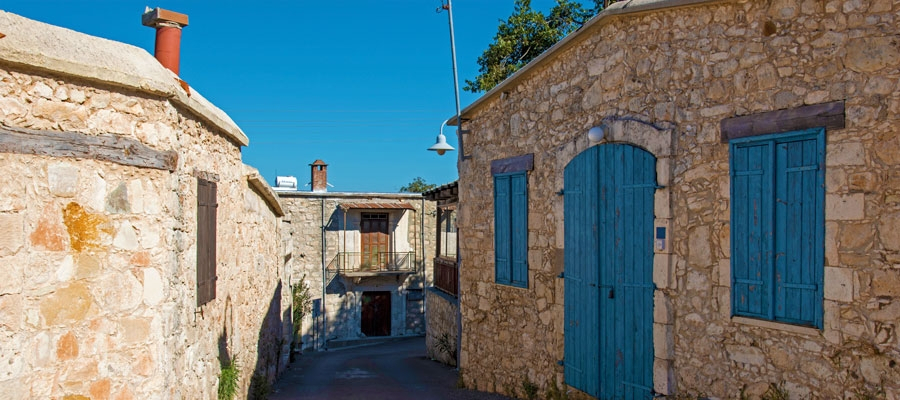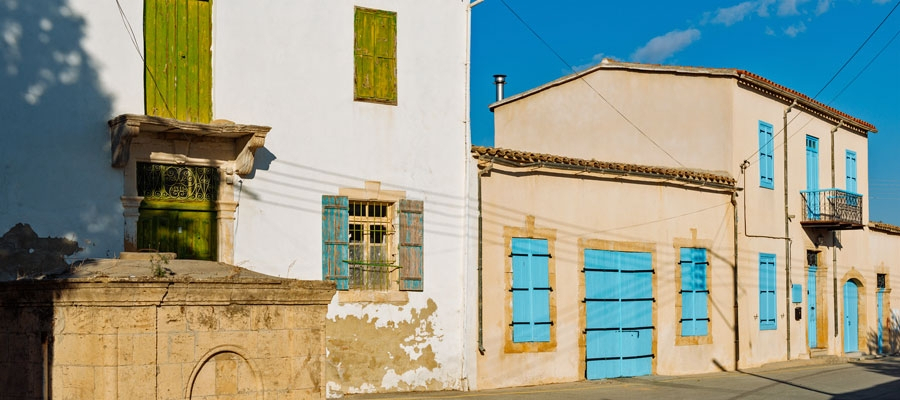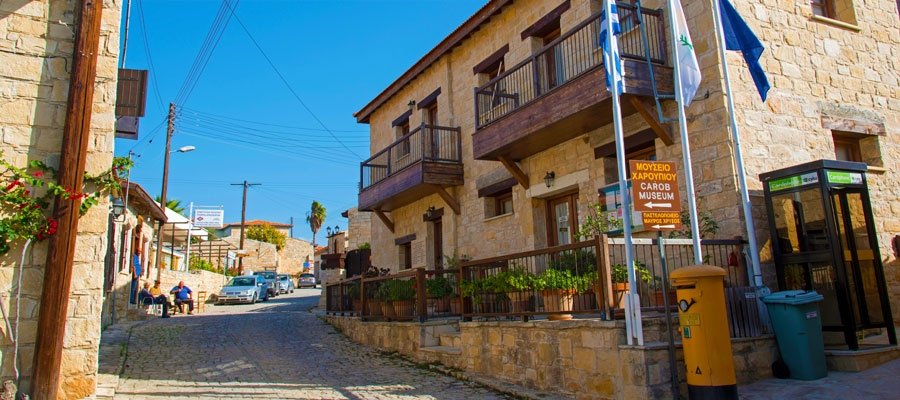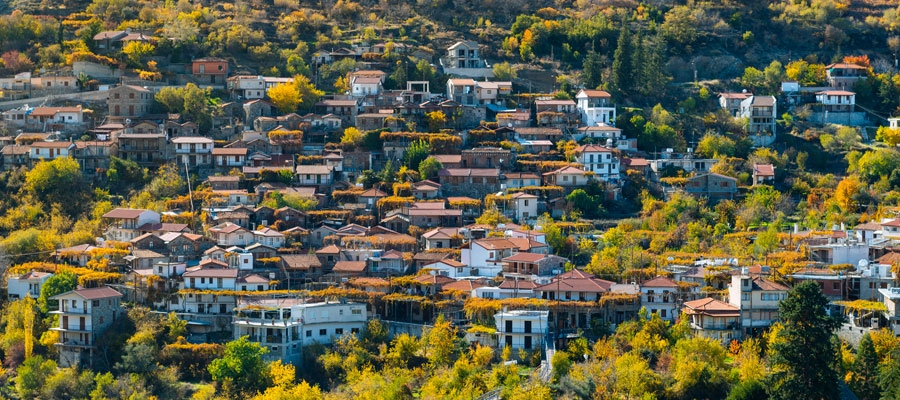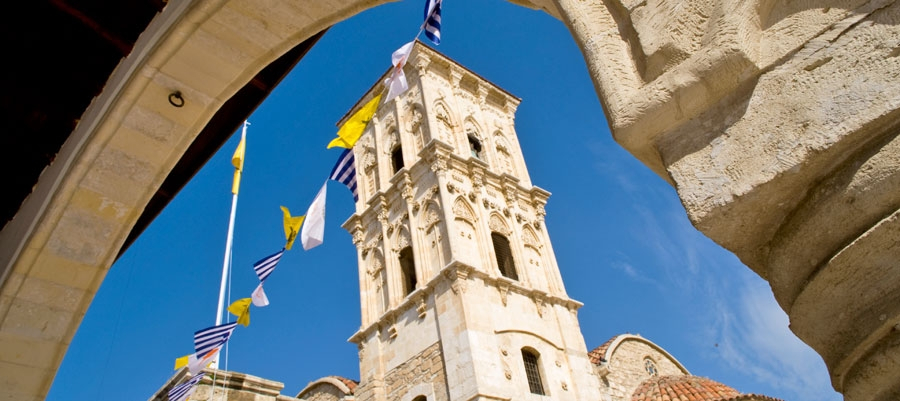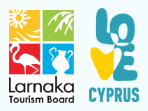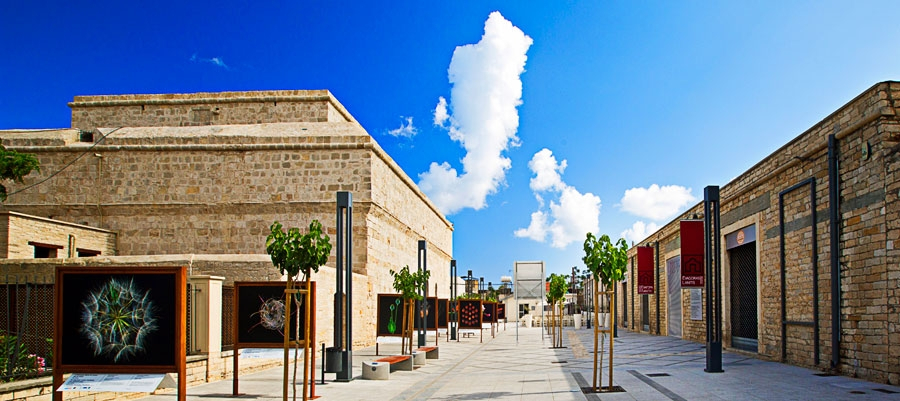Located in the Troodos mountain range, in Pitsilia region of Lemesos (Limassol) district, Agros sits at an altitude of 1.100 metres.
The layout of this picturesque village resembles that of a theatre, embraced by the surrounding mountains, Agros is nestled in stunning environs with panoramic forest views, making it ideal for agrotourism. It has maintained its traditional character and customs and grows a wide variety of fruits and vegetables.
The village is famous for its cultivation of roses, along with its production of cured meats (sausages, ‘Lountza’ and ‘Hiromeri’), homemade marmalades and sweets. Visitors can see these traditional practises at the local workshops where rose oil distillation, sweet making and meat processing take place.

